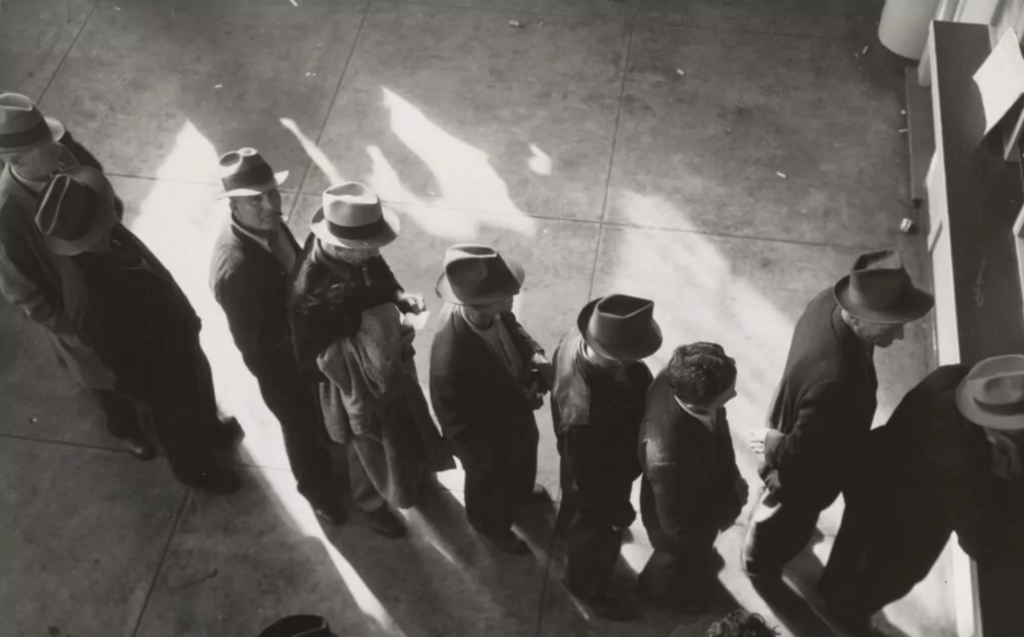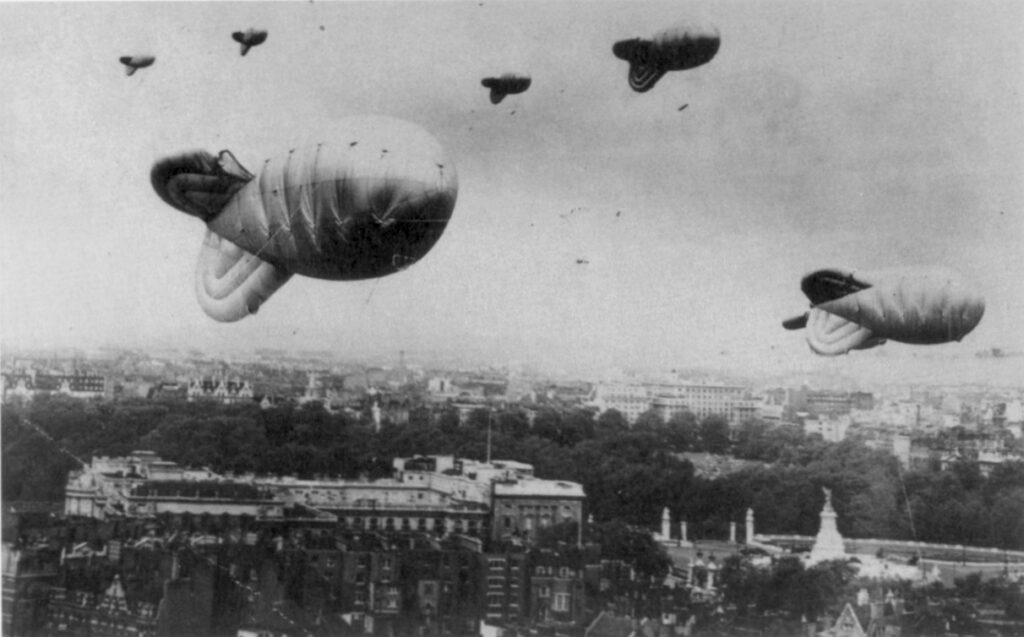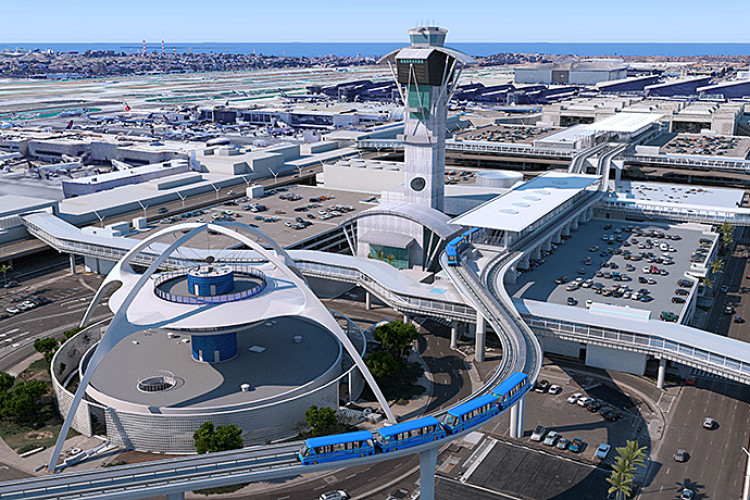Balfour Beatty is a construction empire. Here’s how they did it.

We hear the name every day. Yet, many of us construction folk have never taken the time to learn how Balfour Beatty became the construction powerhouse it is today.
Why write this article?
Because people think that big companies were always big. Taking a trip down memory lane helps us freshen our perspective.
Balfour Beatty was founded by George Balfour and Andrew Beatty. They met while working for an electric tramway business, J.G. White.

While working together, they saw that tramways (which were generating their own electricity supplies) were also key to making local electricity supply viable for the whole population.
So, in January 1909, Balfour Beatty was founded. They described themselves as “general and electrical engineers, contractors, operating managers for tramways, railways and lighting properties and for the promoting of new enterprises”.
Their first project was for £5,000. It was to take over the operation of tramways at Dartford, Kent, and Luton. It involved laying new track and lighting cables and installing an additional generating plant at the powerhouse.
In 1912, they started to move into civil engineering when they were commissioned to build a five-mile-long aqueduct at Kinlochleven.

It’s 1914, the WW1 hits. And many Balfour Beatty staff in London and Edinburgh left to join the army. Those who remained took on new and extra work. Tramway work stopped but projects of national importance remained, which the company undertook.
It was these “projects of importance” that helped Balfour grow its civil engineering division. 3,000 men worked on Lochaber. A mail train left at 8am to visit the work camp.
In 1918, George Balfour was elected as the Conservative and Unionist member for Hampstead.
He played a prominent part in debates on electricity in 1919, 1922, and 1926 as well as many discussions on unemployment.
Unemployment more than doubled between December 1920 and March 1921.

Recognising that the new electrical industry held great promise for better employment, George and Andrew registered a new company, Power Securities Corporation Ltd, in 1922. The goal was to increase financial resources to fund more and larger projects including hydro-electric projects in Scotland.
In 1926, the firm was commissioned for £2.5M to manage the construction of a scheme to supply hydropower to a new BAC development on Loch Linne at Fort William. Water had to be carried from Loch Treig to Loch Linnhe which involved driving a 24km long, 5m diameter hand drilled rock tunnel as well as laying 2m diameter pipes down the sides of Ben Nevis.
In 1931, Balfour Beatty became engineers and agents to the Perak River Hydro-Electric Power Company in Malaya, at the request of the British Treasury. The company held a concession to supply electricity to the tin mines in Kinta valley and built two power stations, but just as these were completed a world slump hit the tin industry, bringing financial problems. A gradual recovery brought good results until December 1941, when Malaya was invaded in the war
___
In 1934, Andrew Beatty died.
___
WW2 hits in 1939.

By the time of the war, the National Grid plan was complete and Sir Johnstone Wright, president of the Institution of Electrical Engineers said that the organisation of British electricity was without parallel in any other country.
However, overseas work was severely curtailed during the second world war. The Churchill Barriers were built in the Orkneys to protect the eastern approaches to Scapa Flow – home of the British naval fleet.
In 1941 a direct hit by a bomb destroyed the roof of Bank Underground station in London and the road above collapsed into an enormous crater. The Royal Engineers threw a Bailey bridge across the crater in 48 hours.

But to effect, permanent repairs the London Passenger Transport Board called in Balfour Beatty’s “underground mob” as they were affectionately known. In little more than a year, they rebuilt the Bank to a new design. They kept the railway and the roads above open the entire time.
___
On 26 September 1941, George Balfour died.
___
During the 1950s politics intervened in the Balfour Beatty business plan.
The new Labour government nationalised the electricity industry and the company’s compensation was slight as it owned few assets of its own. All around the world political upheaval meant the business was having to retrench – from Palestine, from Iraq where there were revolutions, and from South America following the coup that overthrew Juan Peron in 1955.
Nationalisation of power supply in East Africa and Canada, where the company had interests, also affected Balfour Beatty’s growth.
The new strategy was to become a major contractor in power and civil engineering and Balfour Beatty started to build its success. Staythorpe B power station and the Berkeley nuclear power station on the Severn estuary were part of its construction portfolio and a jumping off point for the developments of the 1960s.
Balfour Beatty continued to be successful outside the UK.
This included the construction of the Wadi Tharthar project in Iraq. The £6 million project was opened by King Faisal in 1956.
Other projects included the longest rail tunnel in Britain under the Pennines, the Sloy Dam in the north of Scotland, and major works for the developing London Underground system. A Balfour Beatty company was also registered in Toronto to undertake marine projects in the Great Lakes in 1954.
In the 1960s, Balfour Beatty built a second Blackwall tunnel under the Thames.

Throughout this time, they brought vital new power generation and transmission capacity to Malaysia, Kenya, Tanganyika, and Nigeria, where the Kainji dam opened in 1969. Vital new water systems were also provided in the Jordan Valley.
1969 was a prominent year for the company. They merged with the construction activities of BICC, the British cable-making giant. This strengthened existing disciplines and added related activities such as railway electrification and diversification into new markets including motorway construction, building, and property development.
In the 1970s major projects were carried out in Iran, India, and the UK. To this day, most of the tunnels in the world, which carry electrified railways, have Balfour Beatty conductors in them.
Balfour Beatty was also heavily involved in the major expansion of the UK road network and urban traffic management schemes. In 1976 Balfour Beatty Construction won a £30 million contract in a joint venture to build the Kielder dam in Northumberland.

___
In 1983 turnover hits £680 million.
___
In 1986, Balfour Beatty leads the UK side of an Anglo-French joint venture and was awarded the turnkey contract to build the Channel Tunnel.

The Channel Tunnel opened in 1994.
The mid-90s.
A Balfour Beatty and Costain joint venture was awarded the £93 million contract for the Cardiff Bay barrage. A contract to build the Hong Kong Airport terminal building at Chep Lap Kok was also undertaken in the joint venture.
The company was an early entrant into the UK PPP market (public-private partnership), being awarded its first project in 1995.
As part of the privatisation of British Rail and the creation of Railtrack, Balfour Beatty acquired rail maintenance and rail renewals businesses to augment its position as the UK’s leading rail contracting company. They played an important part in the maintenance of major lines and won the contract to remodel the approaches to Euston station and transform the aging West Coast Main Line.
The appointment of CEO, Mike Welton, and CFO, Ian Tyler marked the beginning of a period of consistent growth for the company, which has continued to this day.
On 18 June 2001, Balfour Beatty joined the London Stock Exchange to become a publicly traded company.
In its aim to become a world-leading supplier and maintainer of fixed rail infrastructure, the Group acquired Adtranz’s rail electrification and traction power supply business. This gave the company an immediate and major presence in the worldwide high-speed rail market.
In 2002, the creation of Balfour Beatty Utilities enabled the Group to secure outsourced term contracts with many of the UK’s privatised utility companies.
Lord Viscount Weir, the group’s chairman retired in 2003. He had guided the Group through its major transformation in the late 1990s when the worldwide cables business was divested and Balfour Beatty was established as an independent public company.
In 2009, Balfour Beatty is now 19th in the international league table of contractors. The Group became the largest fixed rail infrastructure contracting company in the world, a UK leader in roads, support services, electrical and mechanical engineering, and other disciplines.

2012 saw market conditions come against Balfour Beatty.
They closed the year reporting revenue, including joint ventures and associates, of £10.8bn million, down 1%, and profit from underlying operations of £309 million, down 7%. The US market was depressed, while the UK performed weaker than anticipated.
In 2014, the company hired Leo Quinn as the group’s CEO.

In 2015, the company launched it’s Build to Last programme which focused on these core values:
- Lean – Deliver rapid performance improvement by strengthening financial controls and transparency and simplifying the organisation with detailed indirect cost reduction plans, plus the launch of the My Contribution productivity initiative (metric: operating profit and operating cash generation)
- Expert – Ensure the attraction, retention, and development of key employees and sub-contractors by investing in training and talent to enhance engineering, project management, and delivery capability (metric: engagement survey)
- Trusted – Strengthen the successful execution of projects and services through disciplined stage-gated bidding, contracting, and risk review processes (metric: customer satisfaction)
- Safe – Prioritise safety at all levels and for all employees, sub-contractors, customers, and communities (metric: zero harm).
The same year the company won major global projects – Bergstrom Expressway in Austin Texas, nuclear new build Hinkley Point C power station electrical package and a UK smart motorway package
In 2018, they won the contract on £1.4bn Los Angeles World Airports Automated People Mover, £568m) Kai Tak West section of Hong Kong highway, and Hinkley Point C tunnelling and marine package. They had an order book of £12.6 billion going into 2019.

COVID-19 hits in 2020.
The company still performs well with £8.6bn revenue, pre-tax profits of £36m, and a group order book of £16.4bn. They paid back the Job Retention Scheme allowance provided by the UK government to tackle job loss.
2021 saw the company bring in £8.5bn with profits of £187m.
In July 2022, Balfour Beatty VINCI celebrated the historic first tunnelling breakthrough on HS2.

On August 18, 2022 – Balfour Beatty announced a £17.7bn order book. And a 42% increase in underlying profit from operations at £85 million.
So, there you have it – The Titanic Rise of Balfour Beatty.
